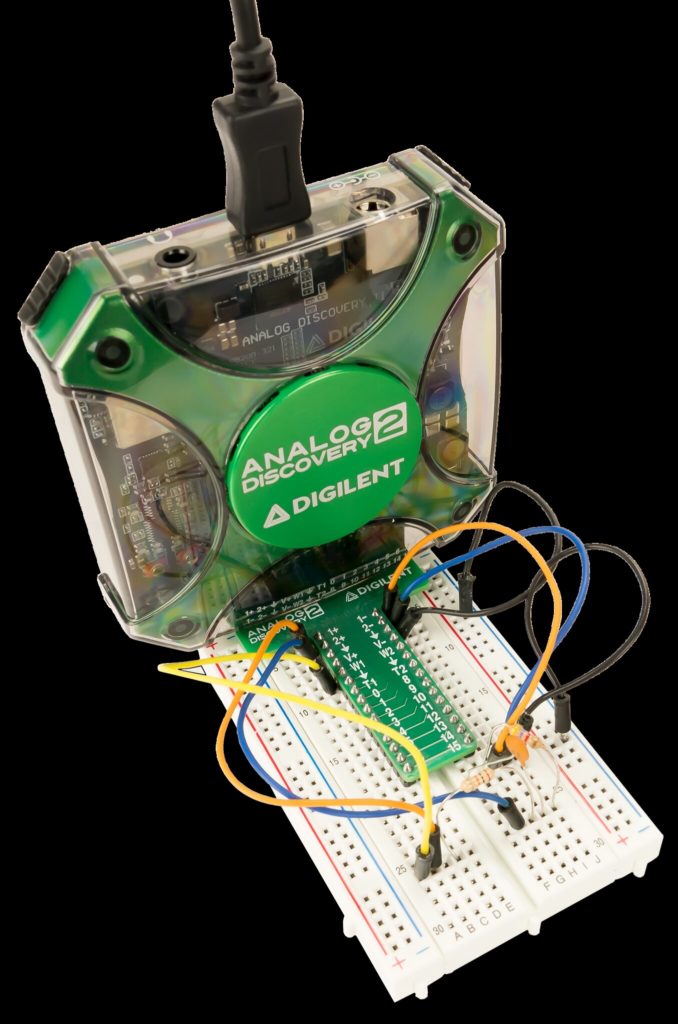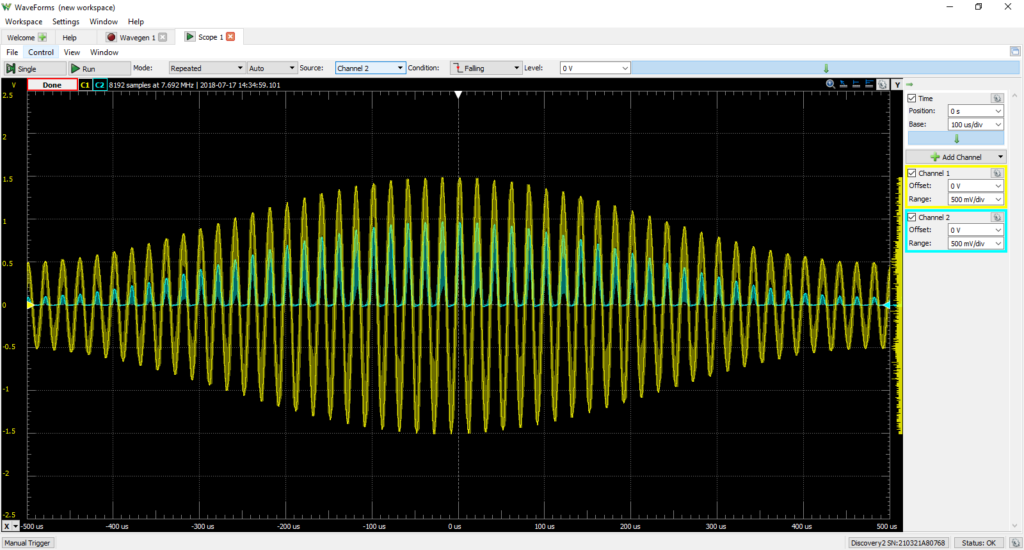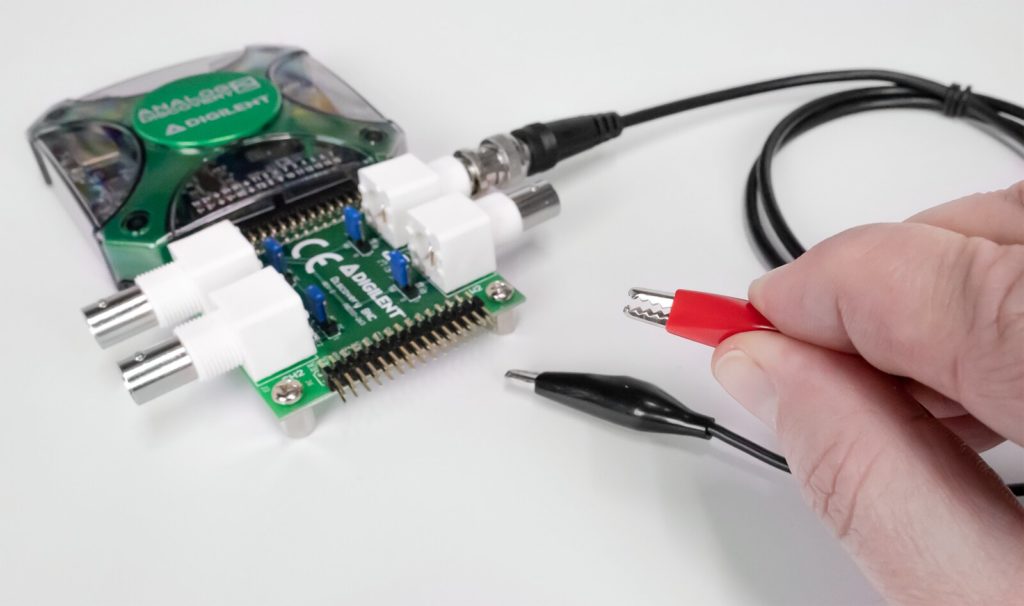When choosing an oscilloscope, it is critical to make sure that you find the perfect balance of quality and performance. Considering the massive spectrum in the price of these devices, it is worth the extra time to make sure you can get a scope with the most relevant features in your price range.
One of the biggest misconceptions about choosing an oscilloscope is that you should choose based on bandwidth alone. While bandwidth is important, it is not the most important consideration, nor the only one to think about. The reason this is assumed actually comes from the origins of oscilloscopes themselves. Before there were mixed signal oscilloscopes and mixed domain oscilloscopes all over the market (and at inexpensive pricing) all you had were basic scopes as an option. So all the specs you could care about were bandwidth, sample rate, and channel number. For clarification, most oscilloscopes are just analog, so they do not have digital capabilities. If the device can do both (like the Analog Discovery 2), it is referred to as a mixed signal oscilloscope.
Though it is important to make sure that your oscilloscope has an adequate bandwidth for your application, choosing an oscilloscope based on bandwidth alone can result in overspending, or finding a scope with high bandwidth, but its other specifications may not meet the application requirements. You may also miss out on other functionality that can prove more useful than just an oscilloscope, such as a logic analyzer, spectrum analyzer, etc.
In addition to being a mixed signal oscilloscope, the Analog Discovery 2 has 16 digital inputs and outputs (including a logic analyzer, pattern generator, etc) which makes it more multipurpose, since most applications are not just digital or analog. It is also a mixed domain oscilloscope, as it includes a network analyzer and spectrum analyzer so one can examine signals in the frequency domain. This means that in addition to the traditional oscilloscope you also get a logic analyzer, impedance analyzer, network analyzer capable of plotting frequency and magnitude plots, and much more.

Other important specifications to consider include resolution and sample rate. Without adequate sample rate, the signals at the top of the bandwidth may experience aliasing and as a result, be unusable. Without a proper resolution, the data may not show small enough differences.
Many scopes that feature high bandwidth and sample rate are only 8-bit, while other scopes (like the Analog Discovery 2) have a much higher resolution (14-bit).

The Analog Discovery 2 is a great example of how bandwidth is an important feature, but should not be the only consideration. Despite having what may seem like limited bandwidth (up to 30MHz) when compared to other pure oscilloscopes, the Analog Discovery 2 is a better fit for a wide range of applications, especially debugging and checking the specifications of a design.

Since traditional oscilloscopes are single instrument tools, the 12 different instruments offered on the Analog Discovery 2 make it an excellent choice as a Swiss Army knife for your bench. It can make a great supplement to your benchtop equipment or help you determine which applications will require you to commit to a higher-end expensive tool. You can test out your application with the Analog Discovery 2, and then you will know when you need to invest in a single instrument benchtop version of that device.


Great device, wish I’d had one when I was a student back in the day. Very useful (and affordable) for professionals too.
One of the parameters which is important for a mixed-signal oscilloscope (and often forgotten) is buffer memory depth. Some scopes, particularly those that rely on USB connections, have buffer limitations that interfere with data throughput rates.